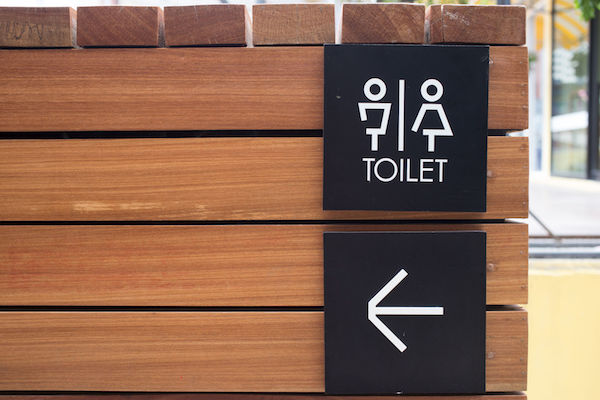Urinary incontinence is the involuntary leakage of urine or difficulty controlling urination.

Incontinence in women is twice as common as it is in men, and is commoner in the elderly. An enlarged prostate is the most common incontinence cause in men over the age of 40.
Incontinence causes can vary as there are several types of incontinence, with the most common being stress incontinence and urge incontinence. Stress incontinence is caused when the pelvic floor muscles that support the bladder are weakened or damaged, which can occur in pregnancy, childbirth or with weight gain. Urge incontinence’s causes can include infections, neurological disorders and emotional stress.
What are its symptoms?
Incontinence symptoms depend on the type of incontinence.
Stress incontinence is characterised by:
- Involuntary release of a small to moderate amount of urine, most often when sneezing, coughing, laughing or while exercising.
Urge incontinence (also known as an overactive bladder) is characterised by:
- A sudden, intense urge to urinate. It may be difficult to reach the bathroom in time before losing bladder control and a moderate to large amount of urine may be released.
- A frequent urge to urinate (you may find yourself waking up several times during the night to use the toilet).
How is it diagnosed?
While distressing, incontinence is a common condition and can be easily diagnosed by your GP who will ask questions about your urinary habits and perform a physical examination to look for signs of any underlying cause.
Other diagnostic tests may include stress tests in which you are asked to cough hard so your doctor can observe for loss of urine, ultrasound to examine the urinary system organs, urine and blood tests to search for contributing factors, or specialised urodynamic testing by means of a catheter to test your bladder strength. Your GP may refer you to a urologist or urogynaecologist.
What are your treatment options?
Like its symptoms, incontinence treatment depends on the underlying cause as well as its severity. The most conservative approach to treating incontinence is bladder training and exercises (such as Kegel exercises) to strengthen the pelvic floor muscles.
If behavioural techniques are not successful in aiding incontinence management, medication may be the next alternative, particularly for urge incontinence. Medical devices and surgeries to help keep the urethra closed and to support the bladder are also options, but usually only when the alternatives have not yielded positive outcomes.
If needs be, protective absorbent pads and catheters can be used when the problem cannot be eliminated completely.
Can it be prevented?
Incontinence is not always preventable but you can reduce your risk of developing the condition. Lose weight if you are overweight, as this will reduce the pressure on your bladder and pelvic floor muscles.
Kegel exercises give your pelvic floor a workout, making it better equipped to support your bladder. You can perform Kegels by squeezing the muscles you would use to stop the flow of urine and then relaxing. Squeeze and hold, then relax and repeat until you are able to hold for 10 seconds at a time 10 to 15 times in a row. Do not perform Kegels while urinating.
IMAGE CREDIT: 123rf.com
